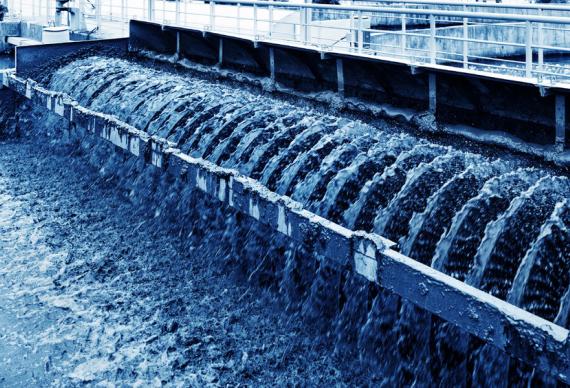SEWAGE:
Sewage is a combination of water and waste which contains organic and inorganic solids from various establishments such as commercial, industrial or residential etc. Hence cleaning up of wastewater is very much required. Yes, it’s the Sewage Treatment Plant which eliminates harmful contaminants in the most economical manner and provides a healthier environment.

PACKAGED SEWAGE TREATMENT:
Packaged Sewage Treatment Plant is an innovative and truly versatile system for the effective treatment of wastewater, including Nutrient removal. They can be configured for BOD reduction, suspended solids reduction, Ammoniacal and/or total Nitrogen reduction and Phosphorus reduction. Membrane Bioreactor (MBR) ‘s features have been built into the Single Packaged Plant to create the physical-biological tertiary treatment with water recycling.
Top 5 major benefits of Sewage Treatment Plant (STP) are as follows:
- STP is proven technology which offers reliable performance at all time.
- Sewage treatment plant preserves natural environment against pollution.
- STP meets the standards for emission of pollutants set by the Government & avoid heavy penalty.
- Simple and easy installation, low operation and maintenance.
- Installation of sewage treatment plant reduces risk to public health and the environment.
Sewage Treatment Process:
1. Preliminary Treatment: This is the first stage of sewage treatment plant process and its main objective is the removal of coarse solids and other large materials often found in raw wastewater. Preliminary treatment operations typically include large filtering screens, grit removal and, in some cases, breaking of large objects. Excess grit causes severe pump blockages thereby affecting a range of subsequent treatment pumps. Flow measurement devices, often standing-wave flumes, are always included at the preliminary treatment stage.
2. Primary Treatment: The main purpose of this treatment is to reduce any heavy solids (organic & inorganic) that settle to the bottom by sedimentation while oil, grease & lighter solids float to the surface by skimming. The settled and floating materials are removed and the remaining liquid may be discharged or subjected to the next stage i.e. secondary treatment. Primary treatment removes about 60% of suspended solids from wastewater.
3. Secondary Treatment: The prime objective is the further treatment of the effluent from primary treatment to remove dissolved and suspended biological matter. The biological solids removed during secondary sedimentation, called secondary or biological sludge, are normally combined with primary sludge for sludge processing. Secondary treatment may require a separation process to remove the micro-organisms from the treated water prior to discharge or tertiary treatment. Secondary treatment removes more than 90% of suspended solids.
4. Tertiary/Advanced Treatment: Tertiary treatment generally follows secondary treatment and aids the removal of those wastewater constituents which cannot be removed in secondary treatment. Treated wastewater is sometimes disinfected chemically or physically (for example, by lagoons and microfiltration) prior its discharge into the receiving environment (sea, river, lake, wetlands, ground, etc.)
You might also want to check our related posts:

